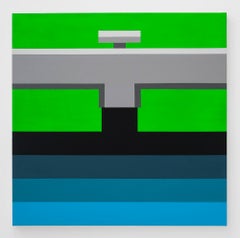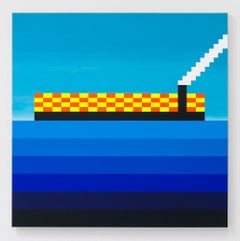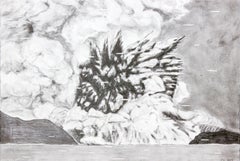Art Mûr
2010s Contemporary Figurative Paintings
Acrylic, Canvas
2010s Contemporary Figurative Paintings
Acrylic, Canvas
2010s Contemporary Figurative Paintings
Canvas, Acrylic
2010s Contemporary Figurative Paintings
Acrylic, Canvas
2010s Contemporary Figurative Paintings
Acrylic, Canvas
2010s Contemporary Figurative Drawings and Watercolors
Pastel, Pencil, Archival Paper
2010s Contemporary Figurative Drawings and Watercolors
Archival Paper, Pastel, Pencil
2010s Contemporary Figurative Drawings and Watercolors
Archival Paper, Pastel, Pencil
2010s Contemporary Figurative Drawings and Watercolors
Pencil, Graphite, Archival Paper
2010s Contemporary Figurative Drawings and Watercolors
Pencil, Archival Paper, Graphite
2010s Contemporary Figurative Drawings and Watercolors
Archival Paper, Graphite, Pencil
2010s Contemporary Figurative Drawings and Watercolors
Archival Paper, Graphite, Pencil
2010s Contemporary Figurative Drawings and Watercolors
Pencil, Graphite, Archival Paper
2010s Contemporary Figurative Drawings and Watercolors
Pencil, Archival Paper, Graphite
2010s Contemporary Figurative Drawings and Watercolors
Pencil, Archival Paper, Graphite
2010s Contemporary Figurative Drawings and Watercolors
Pencil, Graphite, Archival Paper
2010s Contemporary Figurative Drawings and Watercolors
Pencil, Archival Paper, Graphite
2010s Contemporary Figurative Drawings and Watercolors
Pencil, Graphite, Archival Paper
2010s Contemporary Figurative Drawings and Watercolors
Pencil, Graphite, Archival Paper
2010s Contemporary Figurative Drawings and Watercolors
Graphite, Archival Paper, Pencil
2010s Contemporary Mixed Media
Oil, Wood Panel
2010s Contemporary Mixed Media
Oil, Wood Panel
2010s Contemporary Mixed Media
Oil, Wood Panel
2010s Contemporary Mixed Media
Oil, Wood Panel
2010s Contemporary Mixed Media
Oil, Wood Panel
2010s Contemporary Mixed Media
Oil, Wood Panel
2010s Contemporary Mixed Media
Oil, Wood Panel
2010s Contemporary Mixed Media
Oil, Wood Panel
2010s Contemporary Mixed Media
Oil, Wood Panel
2010s Contemporary Mixed Media
Oil, Wood Panel
2010s Contemporary Mixed Media
Oil, Wood Panel
2010s Contemporary Mixed Media
Oil, Wood Panel
2010s Contemporary Mixed Media
Oil, Wood Panel
2010s Contemporary Mixed Media
Oil, Wood Panel
2010s Contemporary Mixed Media
Oil, Wood Panel
2010s Contemporary Mixed Media
Oil, Wood Panel
2010s Contemporary Mixed Media
Oil, Wood Panel
2010s Contemporary Mixed Media
Ink, Archival Paper
2010s Contemporary Mixed Media
Ink, Archival Paper
2010s Contemporary Mixed Media
Ink, Archival Paper
2010s Contemporary Mixed Media
Ink, Archival Paper
2010s Contemporary Mixed Media
Oil, Wood Panel
2010s Contemporary Mixed Media
Oil, Wood Panel
2010s Contemporary Mixed Media
Oil, Wood Panel
2010s Contemporary Mixed Media
Oil, Wood Panel
2010s Contemporary Mixed Media
Oil, Wood Panel
2010s Contemporary Mixed Media
Oil, Wood Panel
2010s Contemporary Mixed Media
Oil, Wood Panel
2010s Contemporary Mixed Media
Oil, Wood Panel
2010s Contemporary Mixed Media
Oil, Wood Panel
2010s Contemporary Mixed Media
Oil, Wood Panel
2010s Contemporary Mixed Media
Oil, Wood Panel
2010s Contemporary Mixed Media
Oil, Wood Panel
2010s Contemporary Mixed Media
Oil, Wood Panel
2010s Contemporary Mixed Media
Oil, Wood Panel
2010s Contemporary Mixed Media
Archival Paper, Magazine Paper
2010s Contemporary Mixed Media
Archival Paper, Magazine Paper
2010s Contemporary Mixed Media
Archival Paper, Magazine Paper
2010s Contemporary Mixed Media
Archival Paper, Magazine Paper
2010s Contemporary Mixed Media
Archival Paper, Magazine Paper





